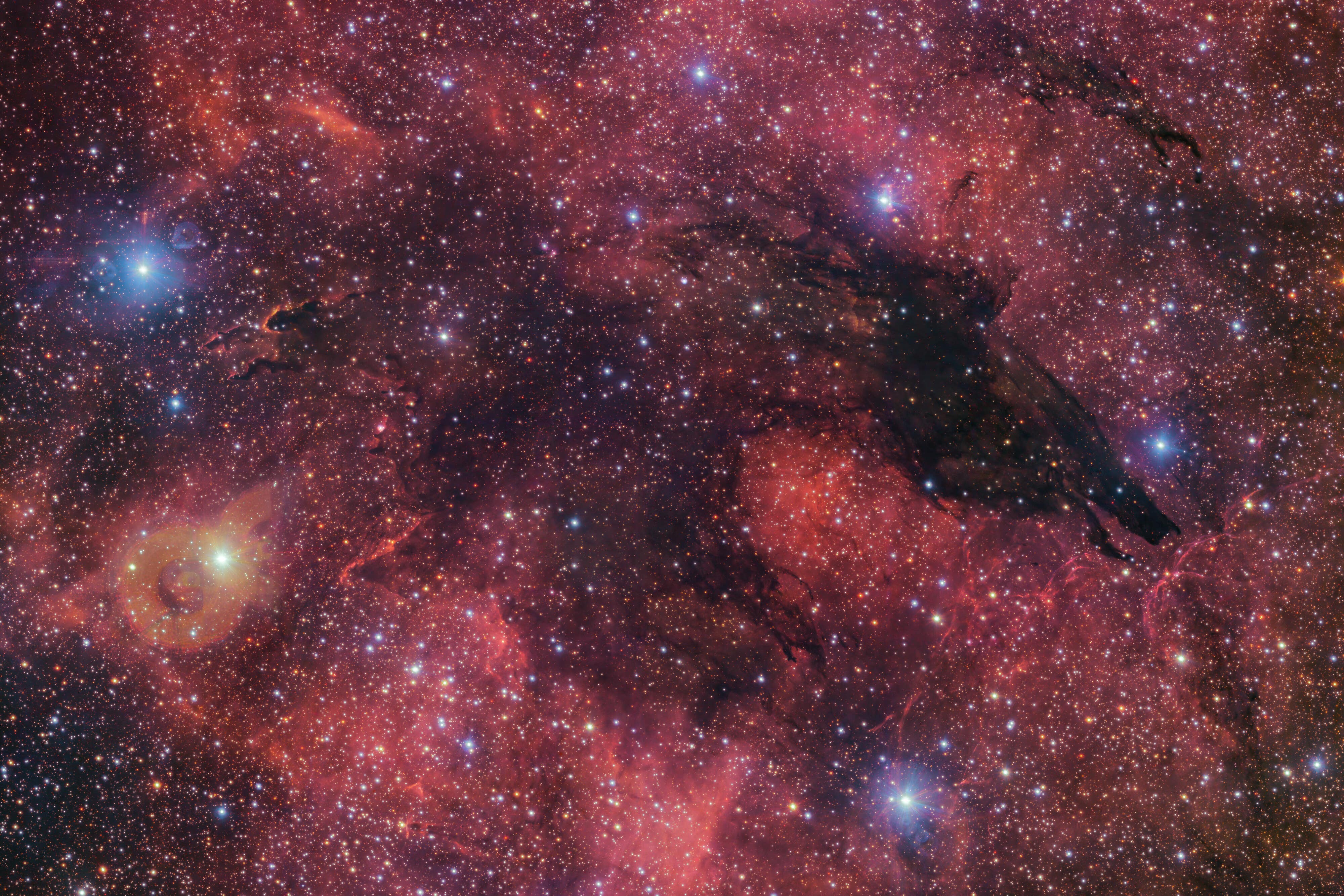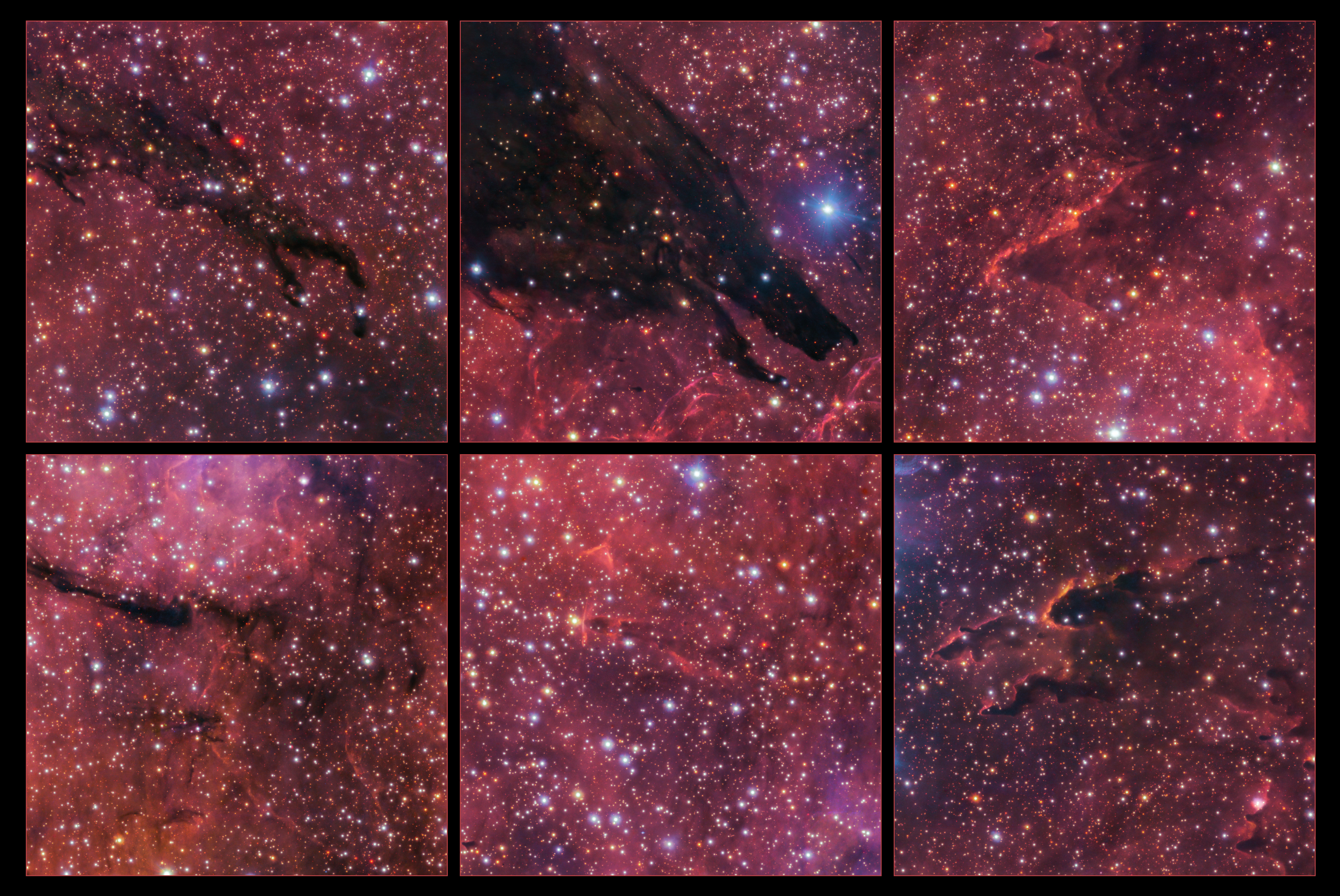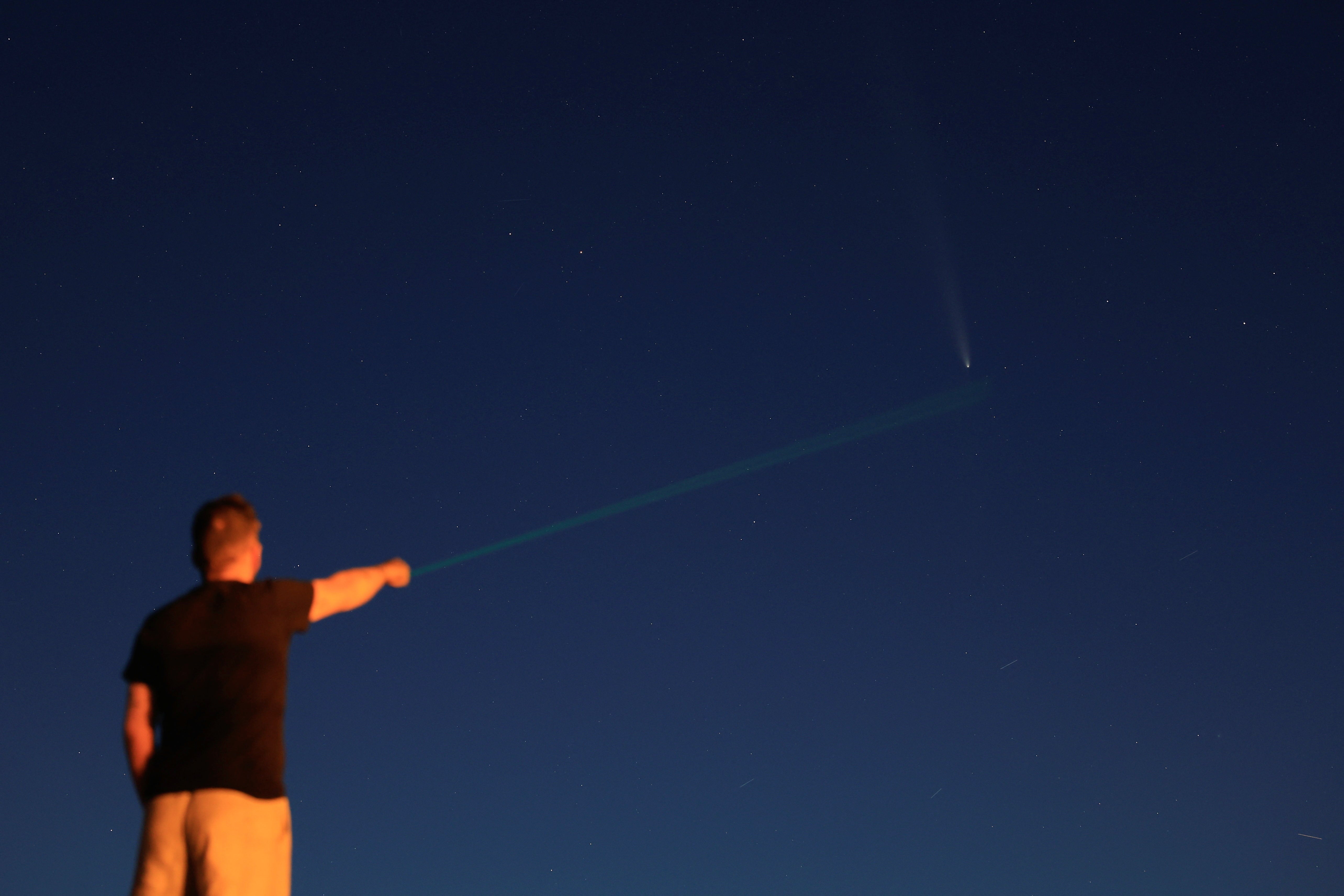Stunning image captures werewolf nebula in the cosmic sky
The colourful clouds glow red because of the intense UV radiation from the newborn stars within them

Your support helps us to tell the story
From reproductive rights to climate change to Big Tech, The Independent is on the ground when the story is developing. Whether it's investigating the financials of Elon Musk's pro-Trump PAC or producing our latest documentary, 'The A Word', which shines a light on the American women fighting for reproductive rights, we know how important it is to parse out the facts from the messaging.
At such a critical moment in US history, we need reporters on the ground. Your donation allows us to keep sending journalists to speak to both sides of the story.
The Independent is trusted by Americans across the entire political spectrum. And unlike many other quality news outlets, we choose not to lock Americans out of our reporting and analysis with paywalls. We believe quality journalism should be available to everyone, paid for by those who can afford it.
Your support makes all the difference.Astronomers have unveiled an image of a giant cloud of space gas and dust that creates the illusion of a wolf-like silhouette against a colourful cosmic backdrop.
Nicknamed the Dark Wolf Nebula, the cloud is in the Scorpius constellation near the middle of the Milky Way, around 5,300 light-years from Earth.
This image takes up an area in the sky equivalent to four full moons, but is actually part of an even larger nebula called Gum 55.
Some people viewing the image might even think it looks like a werewolf, with hands reaching out.

Dark nebulae are cold clouds of cosmic dust, so dense that they obscure the light of stars and other objects behind them.
Dust grains within them absorb visible light and only let through radiation at longer wavelengths, such as infrared light.
These clouds of frozen dust are of interest to astronomers because they often contain new stars in the making.
The new image, captured in a 283-million-pixel image by the VLT Survey Telescope (VST) at the European Southern Observatory’s (ESO) Paranal Observatory in Chile, shows in detail how the dark wolf stands out against the glowing star-forming clouds behind it.
The colourful clouds are built up mostly of hydrogen gas and glow in red tone because of the intense UV radiation from the newborn stars within them.
The picture was compiled from images taken at different times, each one with a filter letting in a different colour of light.

The image comes a week after telescopes in space provided stunning new images of Comet A3, the so-called “comet of the century”.
The object – which has the full name C/2023 A3 (Tsuchinshan–ATLAS) – was found last year but in recent weeks has passed close enough to Earth that it could be seen with the naked eye. The comet visits our solar system about every 80,000 years, meaning that it has not been seen from Earth since the Neanderthals were around.
A3’s bright look and clear visibility in the sky led to it being described as the “comet of the century” and led to a frenzy of skywatching as people looked to spot it.